You might also be interested in this
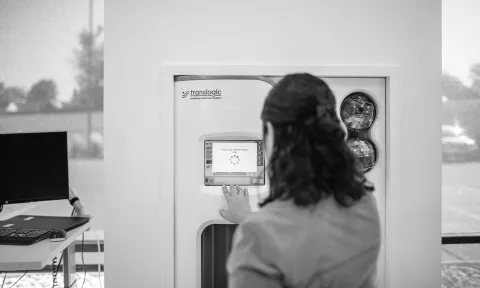
Customer Pledge
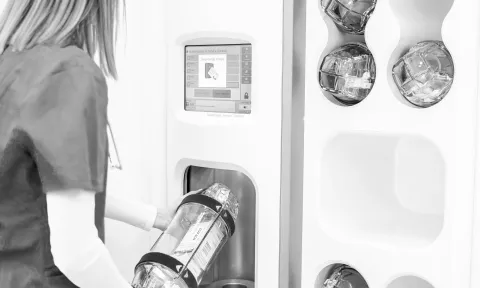
Superior Transport Automation
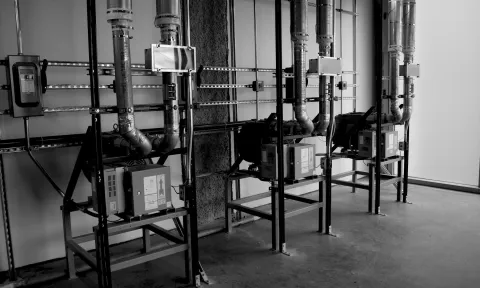
Pneumatic Tube System Components
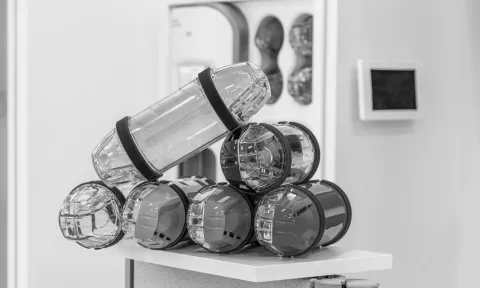
Carriers and Accessories
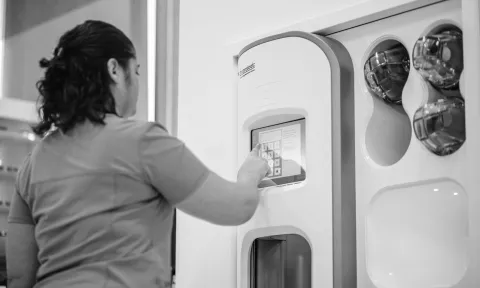
Stations
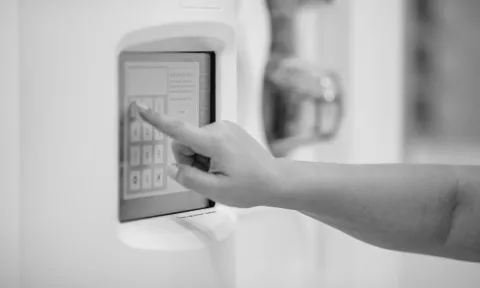
TransLogic V8
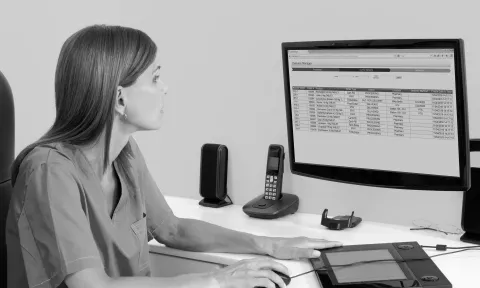
Delivery Manager Material Tracking Software
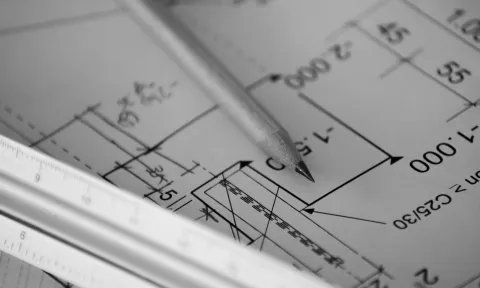
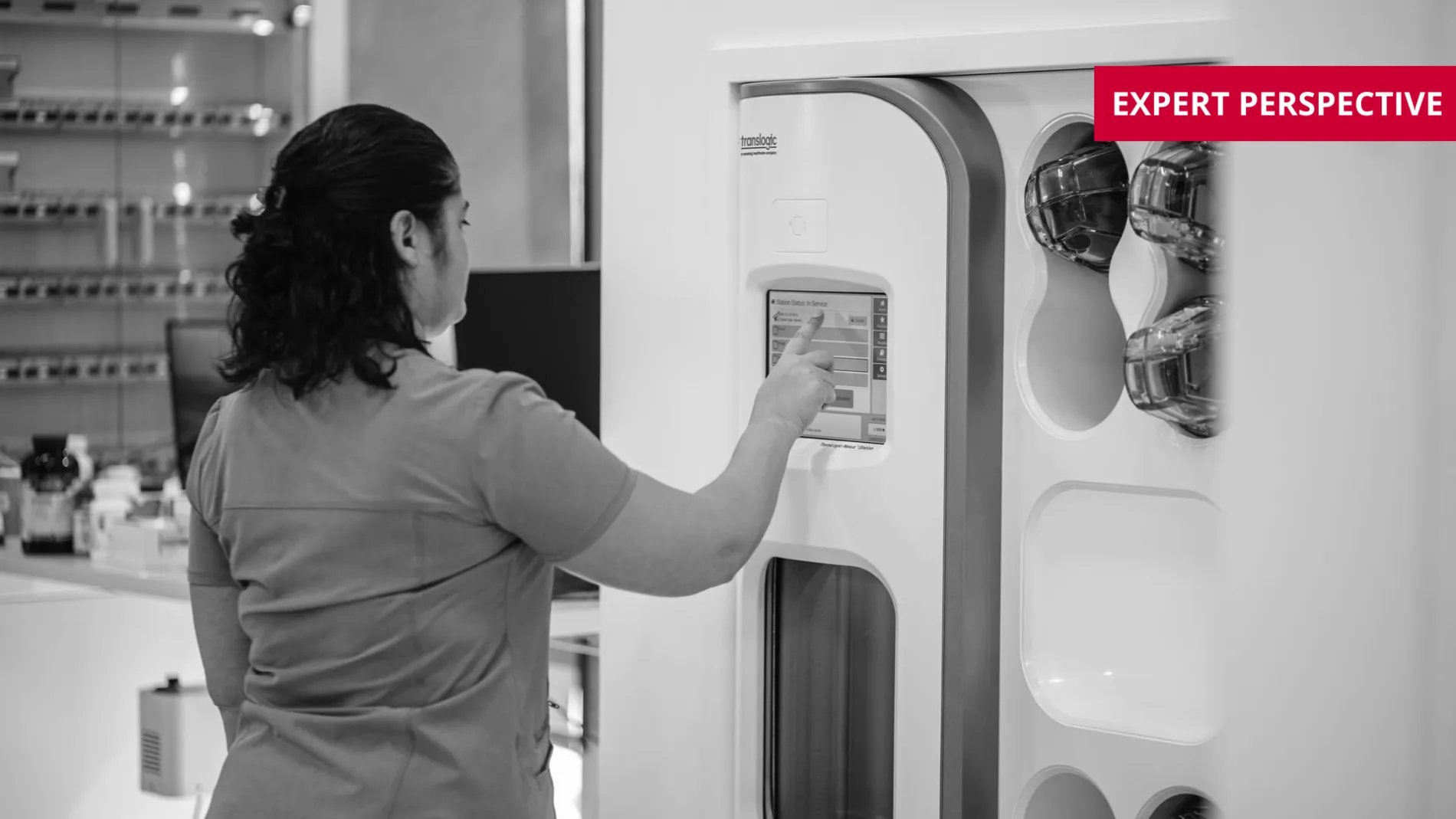
Pneumatic Tube Systems Connect Internal Supply Chains
5/30/2024
A recent report published by Allied Market Research estimates that the global pharmacy automation system market is projected to grow to $11.21 billion by 2030. And, according to a market assessment from PharmWeb, leading the growth is the hospital pharmacy market. However, if these automations aren’t connected by internal infrastructure e.g. pneumatic tube systems – efficiency is restricted to the pharmacy workflow.
Hospital pharmacy automation encompasses several areas, including several identified by the Pharmacy Times as follows:
Automation solves several challenges for hospitals. First and foremost is the need to increase medication safety, an area which has always been a major concern for hospitals as they strive to improve patient outcomes and provide value-based care. It is also seen as a solution to help hospitals address staffing challenges through process automation. In essence, hospital pharmacy automation helps to optimize the time and efforts of valuable staff. Finally, it is the evolution of the technology itself, especially in areas such as AI that is driving increased interest in automation.
Those who continue to rely upon manual methods to operate their pharmacies may find themselves paying more in the long run, and the same is true for organizations that rely on manual transport. Hospital pharmacy automation technologies help pharmacies save time, effort, reduce waste and improve accuracy, but scaling that efficiency requires efforts beyond the pharmacy.
In our blog “The Many Ways to View a Pneumatic Tube System”, engineering data tells us that pneumatic tube systems can deliver materials at 20 feet per second – or about 5 times faster than a human. Now consider that hospital pharmacies can fill thousands of orders per day, and those orders need to be distributed across the organization.
Here are five key areas where a lack of hospital transport automation can quickly become costly:
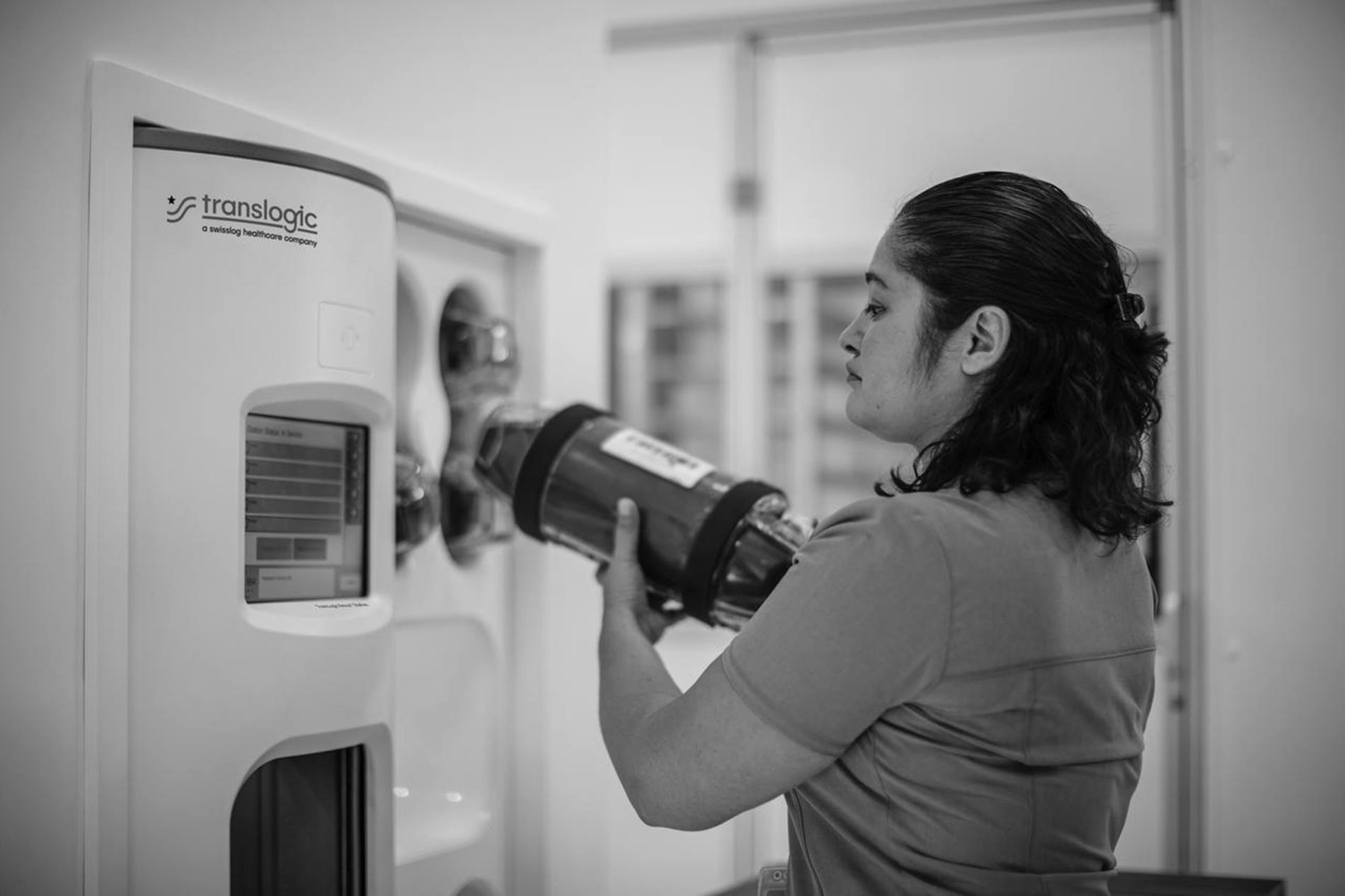
It is important to note that by continuing to use outdated processes instead of deploying automation to address the above challenges, the hospital’s reputation can be negatively impacted. That is serious in a world of growing competition between health care organizations. Building a brand and maintaining a solid reputation is critical as hospitals compete to break apart old models and replace them with environments that focus on wellness for both patients and employees.
Consumer expectations must also be considered. Today’s consumers have choices, and they know it. They are now able to decide which critical care facility they prefer. And, because they are more tech savvy themselves, they expect automation in all areas of their lives. That includes healthcare.
Today’s hospitals continue to struggle with lingering issues resulting from the pandemic as well as changing industry expectations which include the need to serve more patients, more efficiently and in new patient-centric ways. Margins are thin and staffing continues to be at sub-optimum levels. The pharmacy is no exception.
The challenges articulated through these findings should be a wake-up call for hospital leaders who continue to operate using outdated processes. Not only will it be costly, it will keep hospitals sidelined by those hospital leaders who lean in to change and innovation.
The technologies are there to take the burden of conducting tedious, time-consuming tasks off the backs of employees. Now is the time to take advantage of them.








Contact our knowledgeable specialists to discover how our range of automation solutions can boost efficiency, reduce costs and enhance care at your healthcare facility.
Contact us